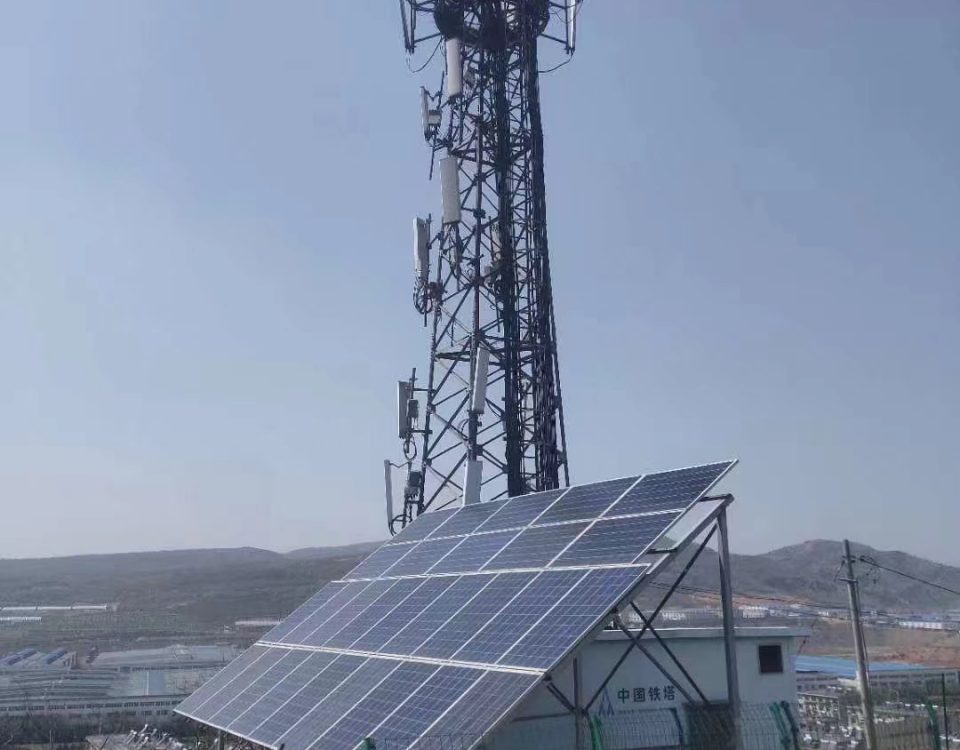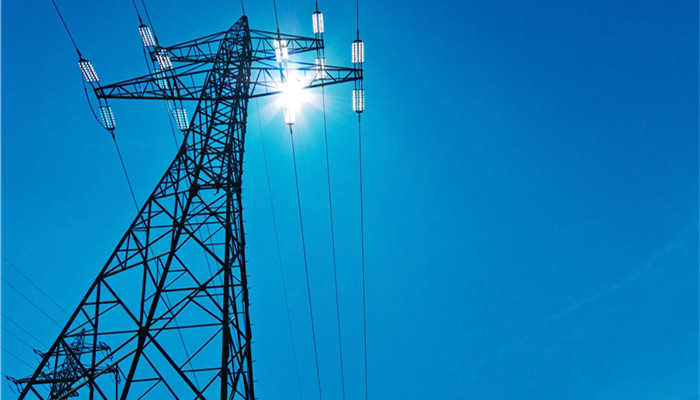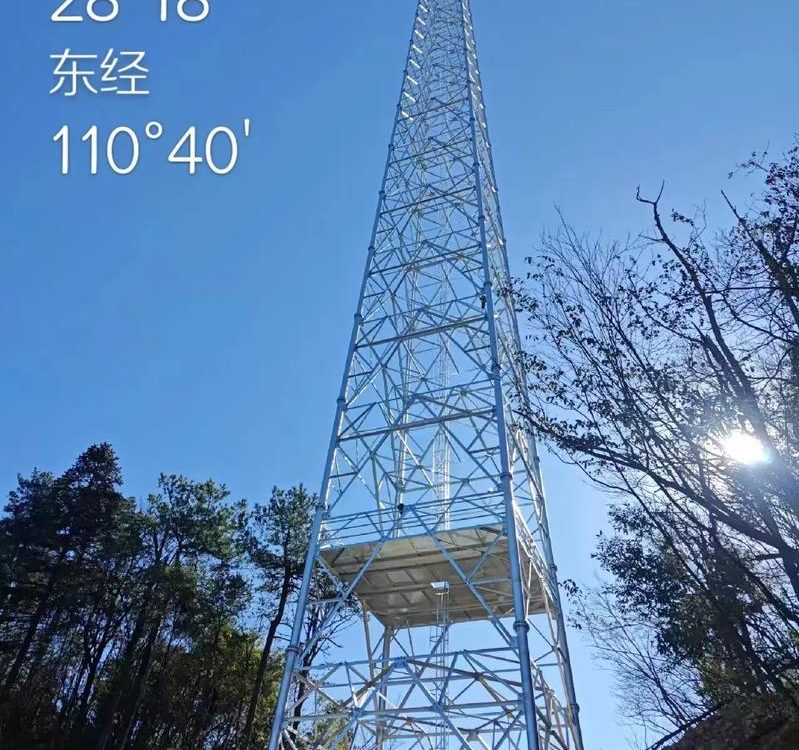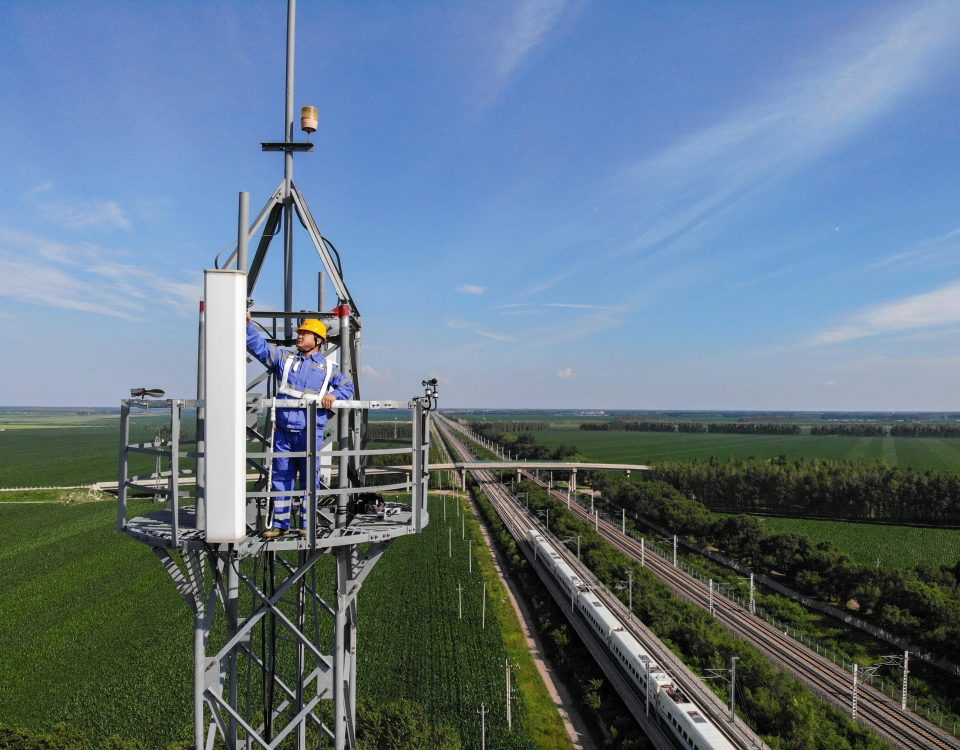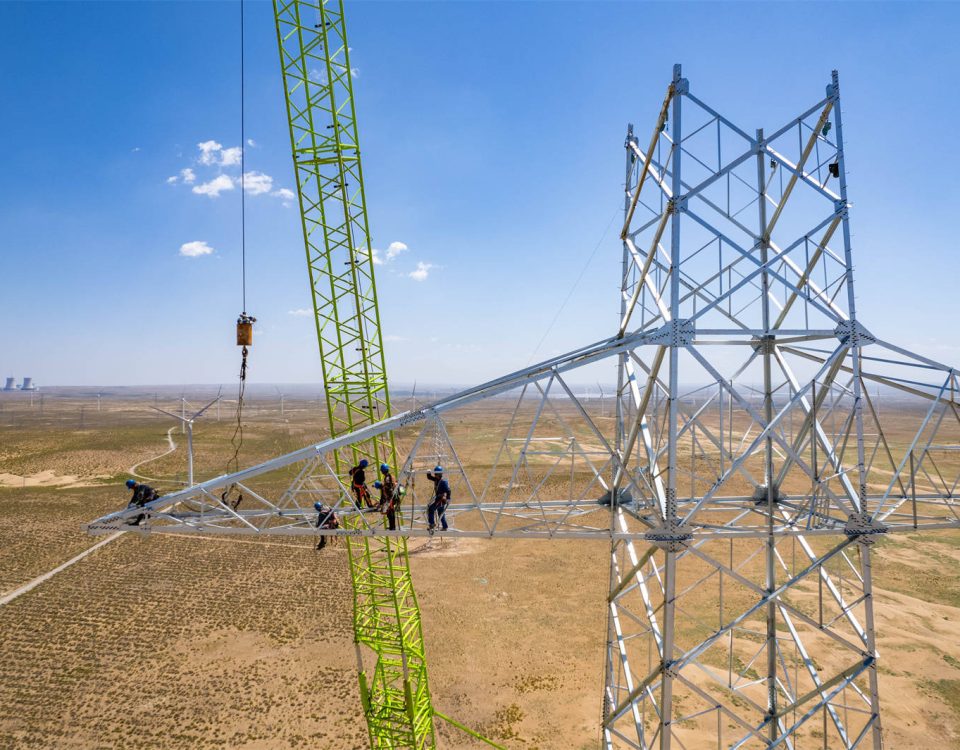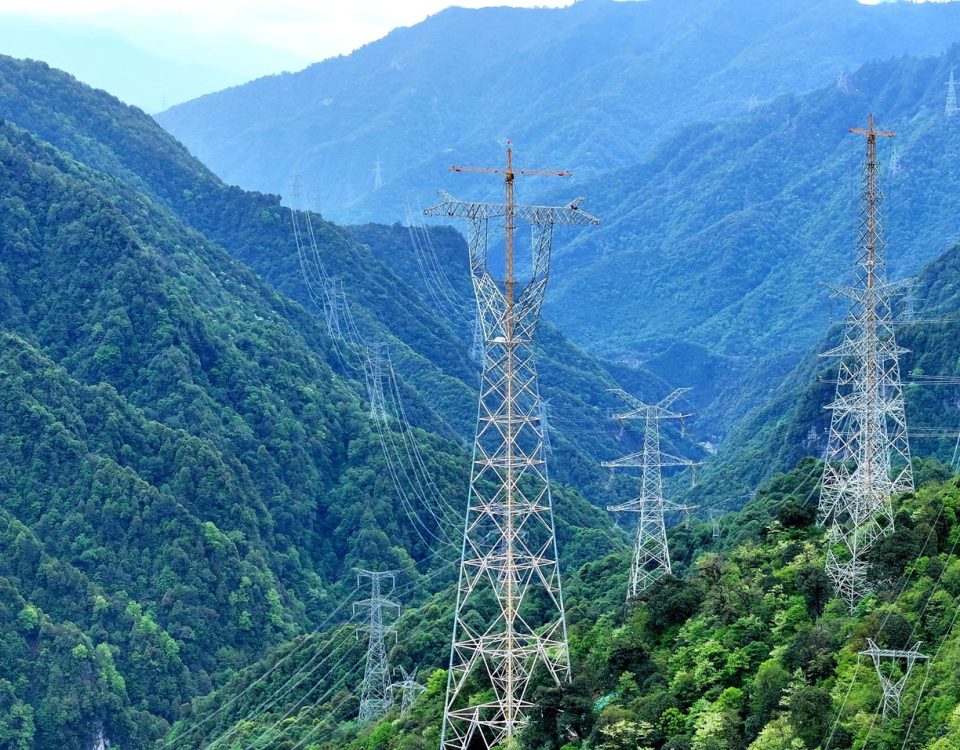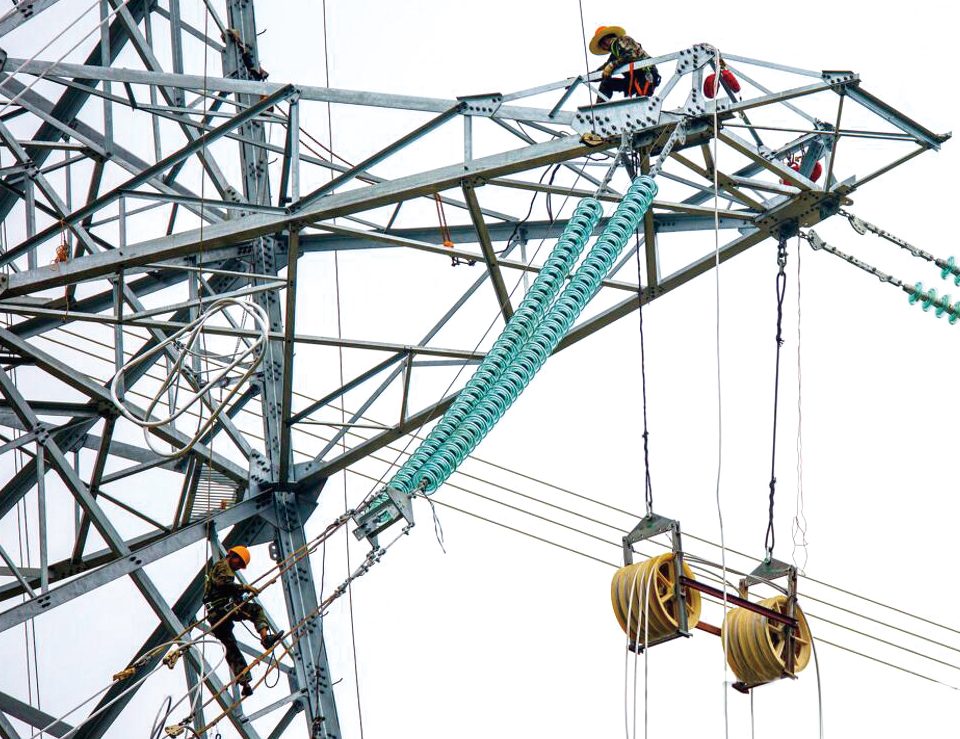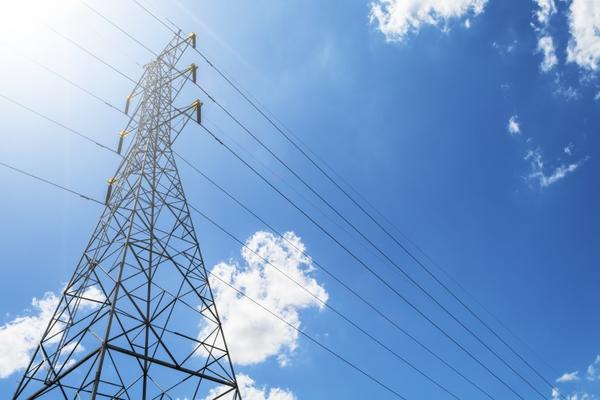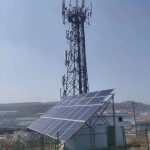
6G Wireless Communication Steel Tower
November 11, 2025Steel Tower Maintenance, Operations Support and Communication Network Optimization
The completion of a communications tower’s construction, whether it is a traditional macro site or a cutting-edge 6G-ready structure, marks not an endpoint, but a pivotal transition from a capital expenditure project to a long-term operational asset, where the subsequent phases of Maintenance, Operations Support (OS), and Communication Network Optimization become the defining factors for the network’s profitability, quality of service (QoS), and overall longevity, transforming the structure from inert steel and concrete into a living, functioning piece of critical infrastructure that demands continuous, intelligent oversight. This post-construction lifecycle management is a complex, multi-layered discipline that integrates rigorous structural engineering assessments, advanced telecommunications network analytics, power and environmental management, and sophisticated logistical planning, all under the imperative of maximizing uptime and minimizing the Total Cost of Ownership (TCO). This comprehensive discussion must naturally weave together the physical reality of the tower’s structural health, the electronic reality of the radio access network (RAN) performance it supports, and the strategic, data-driven decisions that link structural integrity directly to network key performance indicators (KPIs), moving fluidly from the physical inspection of bolts and coatings to the abstract analysis of cell-edge spectral efficiency, recognizing that in the modern network, a structural failure is an operational failure, and an operational failure often stems from subtle structural degradation that impacts antenna alignment and environmental control, thereby demanding a holistic and detailed exploration of every dimension of the tower’s operational and maintenance ecosystem.
🏰 The Structural Stewardship: Ensuring Physical Integrity and Longevity
The physical integrity of the communications tower is the foundational bedrock upon which all network reliability is built, requiring a systematic, scheduled approach to maintenance that transcends simple visual inspection and delves into advanced structural diagnostics to ensure the asset can withstand dynamic loads, resist environmental degradation, and safely support the ever-increasing, complex electronic payload of modern multi-generational networks. A tower’s operational life, typically planned for 50 years or more, is constantly challenged by cyclic wind loading, temperature extremes that cause material expansion and contraction, and the relentless advance of corrosion, necessitating a comprehensive Preventive Maintenance Program that adheres strictly to structural standards and manufacturer specifications, shifting the focus from reactive repair to proactive intervention. The core of this structural stewardship involves regular, detailed Structural Audits and Component Inspections, typically conducted on an annual or bi-annual basis, where certified structural engineers meticulously examine every element from the anchor bolts and grounding system at the base, up through the main vertical legs, bracing members, and connection plates, specifically hunting for telltale signs of fatigue, stress concentration, and material degradation. This inspection utilizes advanced non-destructive testing (NDT) techniques, moving beyond the visual check of protective coatings to employ tools like Ultrasonic Testing (UT) on critical welded joints to detect subsurface flaws or fatigue cracks, Magnetic Particle Testing (MPT) on bolted connections to find surface cracks near stress points, and Torque Verification checks on all high-strength bolts to ensure they maintain the specified tension required for load transfer and structural rigidity, recognizing that loosening bolts are a primary cause of structural instability and undesirable tower sway.
Furthermore, managing Corrosion and Coating Integrity is a continuous, high-priority function, as the failure of the protective barrier exposes the underlying steel to oxidation, leading to loss of cross-section and eventual catastrophic failure; the maintenance program must include scheduled, detailed inspections of the galvanized or painted surfaces, utilizing instruments like a Coating Thickness Gauge (DFT meter) to ensure the protective layer’s minimum thickness is retained, and immediately planning for localized spot repairs or full repaint/re-galvanization campaigns when the degradation reaches a predetermined threshold, thereby preventing minor surface rust from evolving into major structural compromise. The Grounding and Lightning Protection System—a vital but often overlooked structural component—requires specific, regular checks, including the use of Earth Resistance Testers to verify that the tower’s connection to the ground is below the maximum specified resistance value, ensuring that any lightning strike or system electrical fault can be safely dissipated without causing damage to the structural steel, the sensitive electronic equipment, or posing a risk to personnel, all of which underscores the principle that effective structural maintenance is a multifaceted engineering discipline, directly ensuring the safety of the asset and providing the necessary stable platform for the highly precise operation of the telecommunications equipment it carries. The stability and integrity of the structural foundation and the immediate environment—such as erosion control and security fencing—also fall under this physical domain, completing the holistic view of the tower as a robust, safe, and long-lasting asset.
🌐 Operations Support (OS): The Electronic Sentinel and Uptime Mandate
Operations Support (OS) represents the electronic and logistical dimension of post-construction tower management, focusing intensely on the continuous, real-time monitoring, efficient management, and rapid resolution of issues related to the active telecommunications equipment—the Radio Access Network (RAN) components, power systems, and environmental controls—that are physically mounted on the tower, translating structural stability into guaranteed network service delivery, where the core KPI is maximizing network Uptime and Availability. This requires a sophisticated, centralized system utilizing Network Management Systems (NMS) and Element Management Systems (EMS) that collect, aggregate, and analyze massive streams of data—including alarms, performance metrics, and configuration states—from every piece of active hardware on the tower, such as the Base Transceiver Stations (BTS), Remote Radio Heads (RRHs), Massive MIMO units, power amplifiers, and transmission links, effectively establishing the OS center as the tower’s digital sentinel. The immediate, non-negotiable function of OS is Alarm Monitoring and Fault Management, where automated systems constantly scan for critical events—such as power outages, high temperature alarms in the equipment cabinets, antenna connection failures, or link disconnections—and immediately trigger a pre-defined workflow, initiating the dispatch of a field maintenance team within a strict Service Level Agreement (SLA) timeframe, often measured in minutes for critical outages, thus requiring a highly efficient, logistically optimized Field Maintenance and Troubleshooting capability, relying on trained technicians equipped with advanced diagnostic tools to swiftly identify and replace faulty components, from power supply units to cooling fans and damaged fiber optic cables, ensuring that the mean time to repair (MTTR) is kept to an absolute minimum.
Beyond reactive fault management, OS plays a crucial Preventive Role through scheduled, non-intrusive maintenance, such as verifying the operational status of battery backup systems (BBS) and diesel generators to ensure power continuity during grid failures, cleaning and inspecting air conditioning or cooling units to prevent thermal shutdowns, and performing regular software and firmware updates on the RAN equipment to resolve known bugs and incorporate new features, thereby proactively mitigating risks before they escalate into network outages. A critical and increasingly complex component of OS is Power and Energy Management, particularly in sites reliant on renewable energy sources (solar, wind) or in regions with unreliable power grids, where the system must continuously optimize the usage of grid power, battery storage, and generator runtime, often utilizing sophisticated Artificial Intelligence (AI) and Machine Learning (ML) algorithms to predict power consumption based on network traffic patterns and weather forecasts, thereby minimizing operational energy costs while maintaining necessary equipment function, a crucial factor given the massive power draw of modern high-capacity RAN components. Thus, the Operations Support function is the dynamic, intelligent layer that ensures the physical integrity provided by the structural maintenance team is seamlessly translated into the reliable, uninterrupted electronic service demanded by network subscribers, managing the complexity and ensuring the continuous availability of the high-stakes telecommunications ecosystem mounted on the tower.
📈 Communication Network Optimization: From Physical Alignment to Spectral Efficiency
Communication Network Optimization (CNO) is the strategic, data-driven discipline that harnesses the stable platform provided by the tower’s structural integrity and the reliable uptime guaranteed by Operations Support, translating these physical and electronic foundations into measurable, superior network performance, where the goal shifts from mere operation to maximizing capacity, coverage, and efficiency—often summarized through key performance indicators (KPIs) like spectral efficiency, call drop rate, and latency, directly impacting the end-user experience and the operator’s competitive edge. CNO is a continuous, iterative cycle of monitoring, analysis, modeling, and reconfiguration, beginning with the crucial link between the physical asset and the network performance: Antenna Alignment and Azimuth Verification. The minute antenna movements caused by high winds, thermal changes, or even subtle structural settling—issues that structural maintenance seeks to prevent—can significantly degrade signal quality, necessitating the use of specialized Antenna Alignment Tools (AAT) that utilize GPS or satellite data to precisely measure the antenna’s tilt and azimuth, ensuring the transmitted beam is directed exactly where the radio planning models intended, a precision that is exponentially more critical for highly directional $\text{mmWave}$ and $\text{Massive MIMO}$ systems where slight misalignment leads to immediate coverage holes and capacity loss.
The core of CNO resides in Performance Data Analysis, where tools analyze huge datasets generated by the NMS and specialized probe systems, searching for patterns, anomalies, and bottlenecks—such as unexpected increases in handover failures, persistent low signal-to-interference-plus-noise ratio (SINR) in specific cell-edge zones, or persistent traffic congestion during peak hours—identifying areas where the network is underperforming against the established service standards. This analysis feeds into Network Modeling and Simulation, where engineers use sophisticated propagation models to test various hypothetical solutions—such as adjusting the antenna downtilt, re-sectorizing a cell, or altering the frequency assignment—before physically implementing the changes, a virtual optimization designed to predict the impact of any planned change on the overall network performance. The resulting changes often involve Remote Configuration Management, where parameters like power output, frequency assignment, and sector coverage are adjusted electronically via the NMS, but can also lead to physical changes, such as Capacity Upgrades (adding new carriers or frequency bands) or Coverage Enhancement (installing new antenna types or adding small cells in coverage weak spots), all of which require careful planning and coordination with both structural maintenance and OS to ensure the tower can safely support the new load and the power systems can handle the increased demand. Ultimately, CNO transforms raw structural capacity and equipment uptime into a finely tuned, highly efficient communication engine, ensuring that every $\text{Hz}$ of allocated spectrum is utilized to deliver the highest possible data rates and the most reliable connection quality to the end-user, thereby providing the competitive differentiation in the marketplace.
🔄 The Integrated Lifecycle Management: Synergy of OS, CNO, and Maintenance
The truly effective management of a communications tower and its mounted network equipment is achieved not through the isolated execution of maintenance, OS, or CNO, but through the continuous, synergistic integration of these three domains, recognizing that a problem identified in one area inevitably has cascading effects on the others, necessitating a holistic, data-sharing, and collaborative approach known as Integrated Lifecycle Management (ILM). A prime example of this synergy is the interaction between structural maintenance and network optimization: if CNO analysis identifies a persistent low SINR corridor that cannot be resolved through electronic parameter changes, the issue may be flagged back to the structural team; a subsequent structural audit, possibly guided by the CNO’s geographical location data, might then discover that a critical antenna mounting bracket has slightly shifted due to bolt relaxation or material fatigue, leading to a physical misalignment that electronic optimization alone cannot correct. The structural team then performs the necessary physical adjustment and torque verification, restoring the platform’s stability, which immediately allows the CNO team to finalize the electronic parameter optimization, completing the service restoration and permanently resolving the low SINR issue—a perfect closed-loop feedback system demonstrating the co-dependence of the physical and digital domains.
Similarly, the OS function, with its real-time monitoring capability, plays a crucial role in preventative structural and CNO maintenance; high-frequency vibration alarms triggered by the tower-mounted sensors (part of advanced OS monitoring) can preemptively alert the structural team to potential instability before it results in a visible structural defect or a network outage, allowing for a scheduled inspection and reinforcement rather than an emergency repair. Furthermore, the Power Consumption Data meticulously tracked by OS serves as a critical input for CNO, as the thermal load and energy draw limits often constrain the deployment of new high-capacity $\text{Massive MIMO}$ or $\text{RIS}$ equipment, forcing CNO engineers to adjust their capacity plans based on the verified, safe operating envelope defined by the OS power management system. This ILM approach, supported by centralized data platforms and AI-driven analytics that automatically correlate structural inspection reports, real-time power alarms, and network performance $\text{KPI}$ data, minimizes redundancy, ensures that repairs are targeted at the true root cause (whether physical or electronic), and maximizes the return on investment for both the structural asset and the network hardware, thereby ensuring the tower not only stands tall but operates at peak efficiency and availability throughout its entire planned lifecycle, navigating the ever-increasing complexity of multi-technology network deployment with unified command and control.
📝 Technical and Operational Data Summary
| Category | Parameter | Description | Typical Standard/Target |
| Structural Maintenance (Physical Integrity) | Annual Inspection Type | Full structural audit, climbing inspection, $\text{NDT}$ (UT/MPT) on critical welds. | TIA-222 (Structural Standard), AWS D1.1 (Welding) |
| Coating Thickness | Minimum dry film thickness ($\text{DFT}$) of protective coating on steel members. | Per manufacturer spec; $\text{ISO 14713}$ or $\text{ASTM D7091}$ | |
| Grounding Resistance | Max electrical resistance between tower leg and ground. | $<5 \text{ Ohms}$ (Often $<3 \text{ Ohms}$ for critical sites) | |
| Torque Verification | Check on high-strength bolt tension. | As per bolt class and structural design documentation | |
| Operations Support (Electronic Uptime) | Network Availability | Percentage of time the network is fully operational. | $\geq 99.95\%$ (Target $\geq 99.999\%$ for critical links) |
| Mean Time To Repair (MTTR) | Average time taken to restore service after a fault. | $<4$ hours for critical alarms (SLA dependent) | |
| Power System Status | Operational readiness of generator and battery backup system ($\text{BBS}$). | $\text{BBS}$ run time $\geq 4$ hours (Typical), Generator auto-start $\geq 99\%$ | |
| Thermal Management | Temperature in equipment cabinet. | $\text{Within } 18^{\circ}\text{C} \text{ to } 30^{\circ}\text{C}$ operating range | |
| Network Optimization (Performance & QoS) | Antenna Alignment Accuracy | Measured tilt and azimuth tolerance deviation from plan. | $\pm 0.5$ degrees (Crucial for $\text{MIMO/mmWave}$) |
| Spectral Efficiency (SE) | Data throughput per unit of bandwidth ($\text{bits/s/Hz}$). | Continuously monitored and optimized (Key $\text{KPI}$ for 4G/5G/6G) | |
| Call Drop Rate (CDR) | Percentage of initiated calls that fail unexpectedly. | $<0.1\%$ (Target) | |
| Handover Success Rate (HOSR) | Percentage of handovers between cells that complete successfully. | $>99\%$ (Target) | |
| Integrated Lifecycle Management (ILM) | Data Platform | Centralized correlation of $\text{KPIs}$, Alarms, and Maintenance Reports. | AI/ML-driven analytics for predictive maintenance. |
| Preventive Intervention | Frequency of scheduled, non-intrusive maintenance. | Quarterly or Bi-Annual (based on site risk profile) |
The Tower as a Living System
The operational lifecycle of a communications tower, far from being a static period, is a continuous, dynamic challenge demanding the unified discipline of structural maintenance, intelligent operations support, and strategic network optimization. The integrity of the tower’s steel and coating, governed by rigorous engineering standards, provides the necessary physical stability; the electronic vigilance of the OS team ensures maximum uptime and efficient power consumption; and the data-driven precision of the CNO engineers transforms that stability and uptime into a high-capacity, high-quality network experience. This synergistic integration, moving beyond isolated departmental functions towards a holistic Integrated Lifecycle Management model, is the only sustainable pathway to managing the increasing complexity and demands of modern multi-generational networks, ensuring that the substantial initial investment in the physical tower continues to yield competitive, reliable, and efficient communication services for decades, thus confirming the tower’s status as a critical, living component of the global digital infrastructure.


